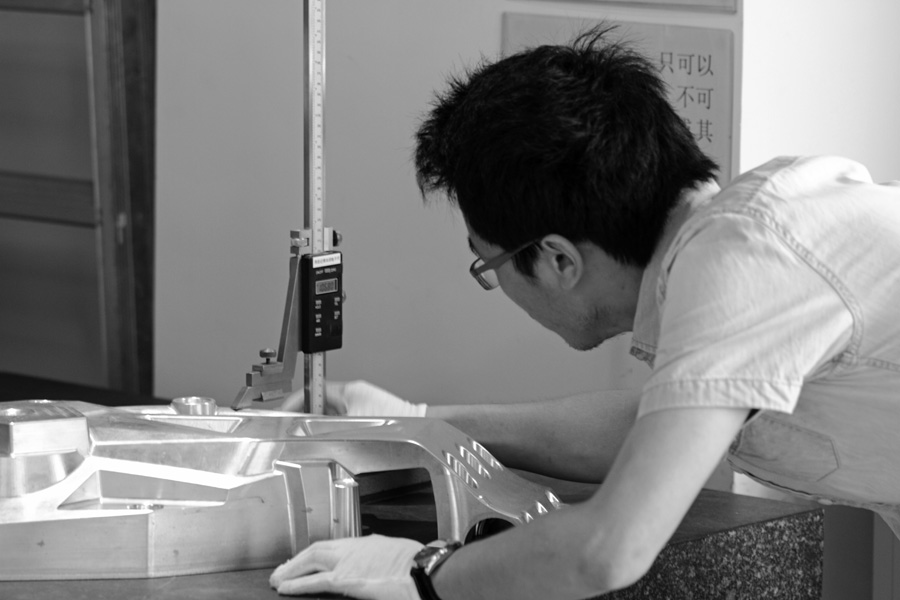

We live in an imperfect world where pure exactness is impossible. However, even though “almost” is okay in a game of horseshoes, it is dangerous when designing a car engine. To communicate just how precise a part needs to be, designers and manufacturers use tolerances.
The ASME Y14.5 standard, which defines the exact rules for communicating tolerance, says that tolerance is “the total amount a specific dimension is permitted to vary.” You should always specify a tolerance for each dimension of your design. Is it okay if the gear varies by a millimeter? Or does it have to be exact down to the micrometer? Some companies have standard tolerances that they apply if no tolerance is given—usually around 3 decimal places, such as ±.001. However, if you do not specify a tolerance, your machining provider has no idea how important or unimportant each dimension is.
Choosing the proper tolerances can save you a lot of time, money, and headache. If a dimension is unimportant, asking for a loose (i.e. large range) tolerance will cost less. However, for more important dimensions, parts may not fit together properly unless you ask for a tight (i.e. small range) tolerance. Parts may jam and break from sitting too closely. Or you may have the opposite problem, with parts vibrating and falling off. Specifying the right tolerance will save you the extra cost and waiting that comes from remaking parts.
When choosing tolerances, what should you consider? First, think about how everything fits together. For example, a shaft needs to be smaller than the hole it slides into. Your tolerances should reflect that, because your manufacturer may not understand how you plan to assemble your design. Some components need clearance while others need a snug fit. Also consider factors from the part’s intended environment. Does lubrication need to fit around your bearing? Will a brace expand from heating or bend from loading? How fast will the shaft spin? How much vibration can it handle?
Tolerances are a trade-off between cost and quality. As a designer, you understand your product best and should make that decision yourself. Don’t leave it up to the manufacturer. When you take the extra time to specify tolerances, it makes a much smoother process of turning your design into a reality.
written for HLH by Esther Davis








